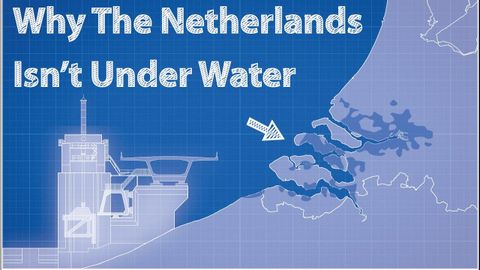オランダが水没しない理由 (Why The Netherlands Isn't Under Water)
Courtney Shih が 2021 年 01 月 14 日 に投稿  この条件に一致する単語はありません
この条件に一致する単語はありませんUS /ɪˈnɔrməs/
・
UK /iˈnɔ:məs/
US /dɪˈskrɪpʃən/
・
UK /dɪˈskrɪpʃn/
US /ˈstrʌk.tʃɚ/
・
UK /ˈstrʌk.tʃə/
- n. (c./u.)構造;建物
- v.t.組み立てる;組織する
エネルギーを使用
すべての単語を解除
発音・解説・フィルター機能を解除

